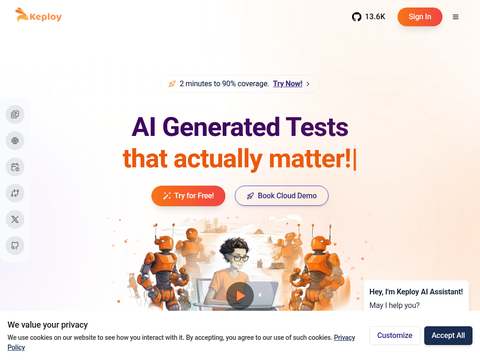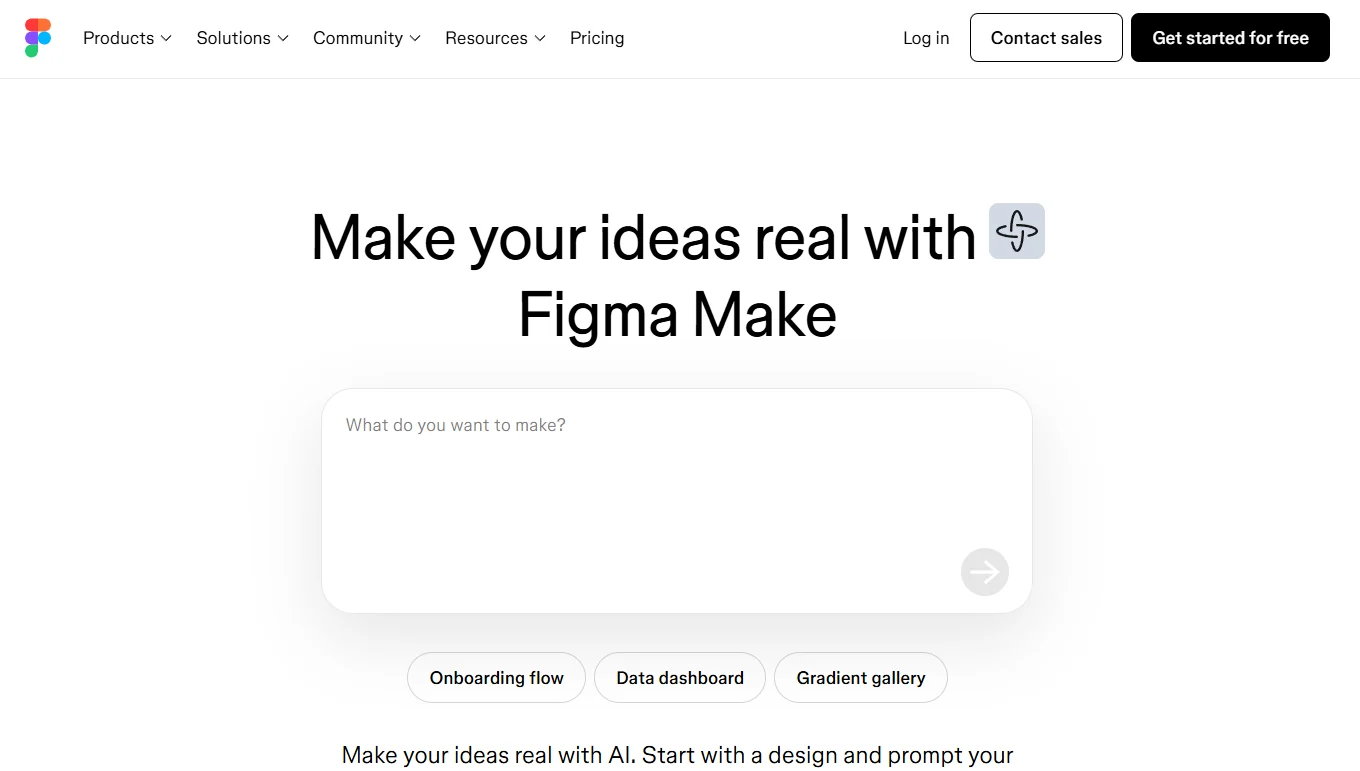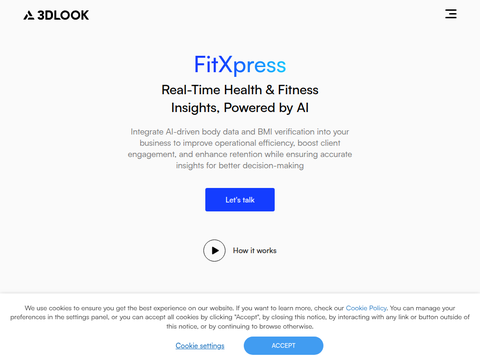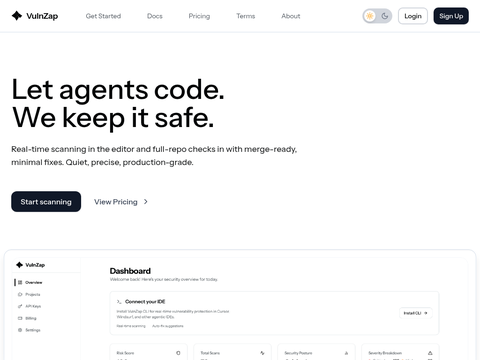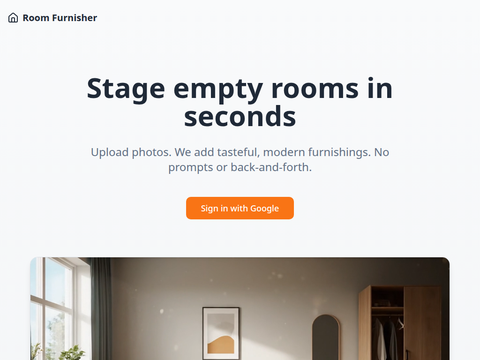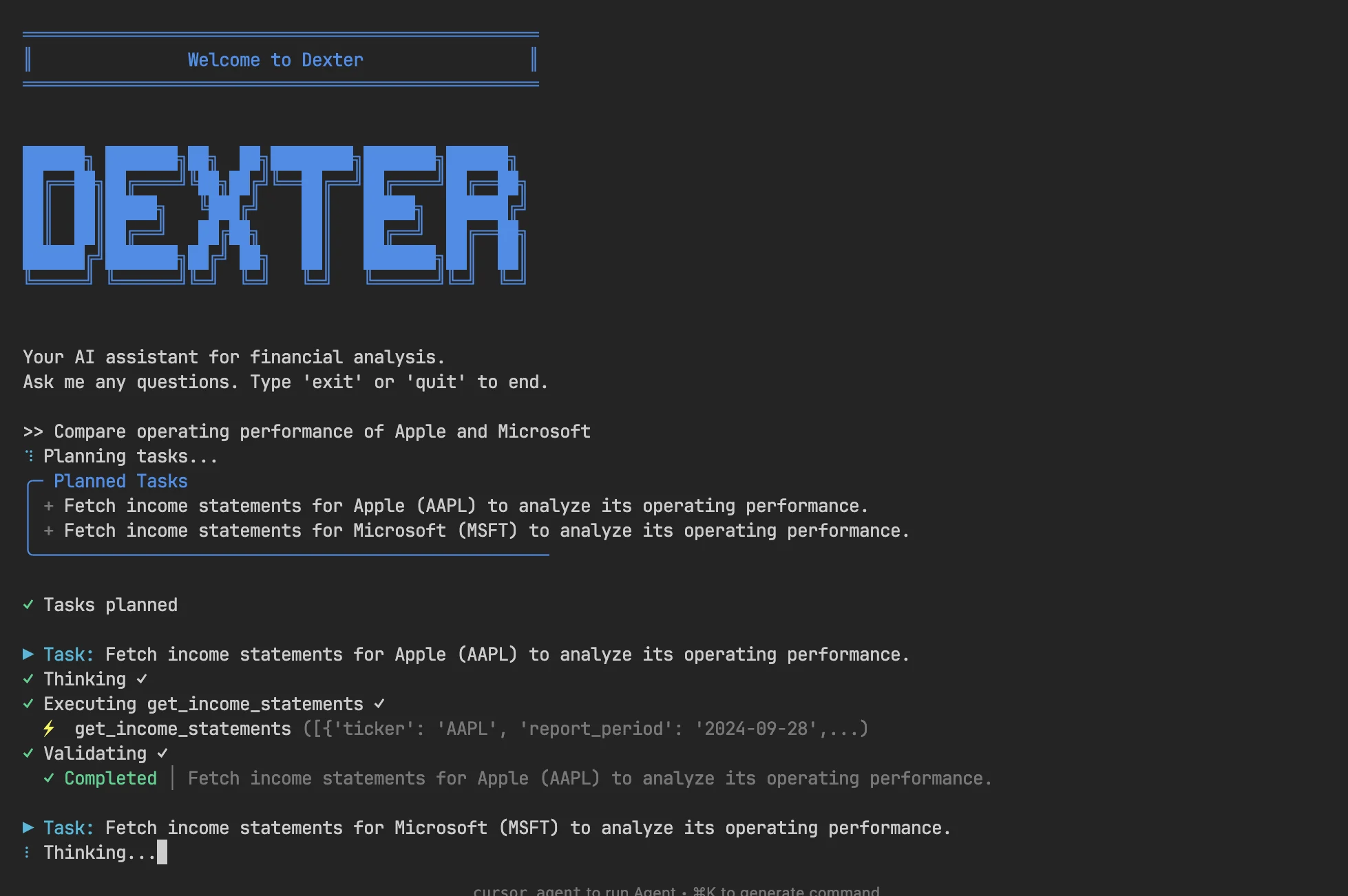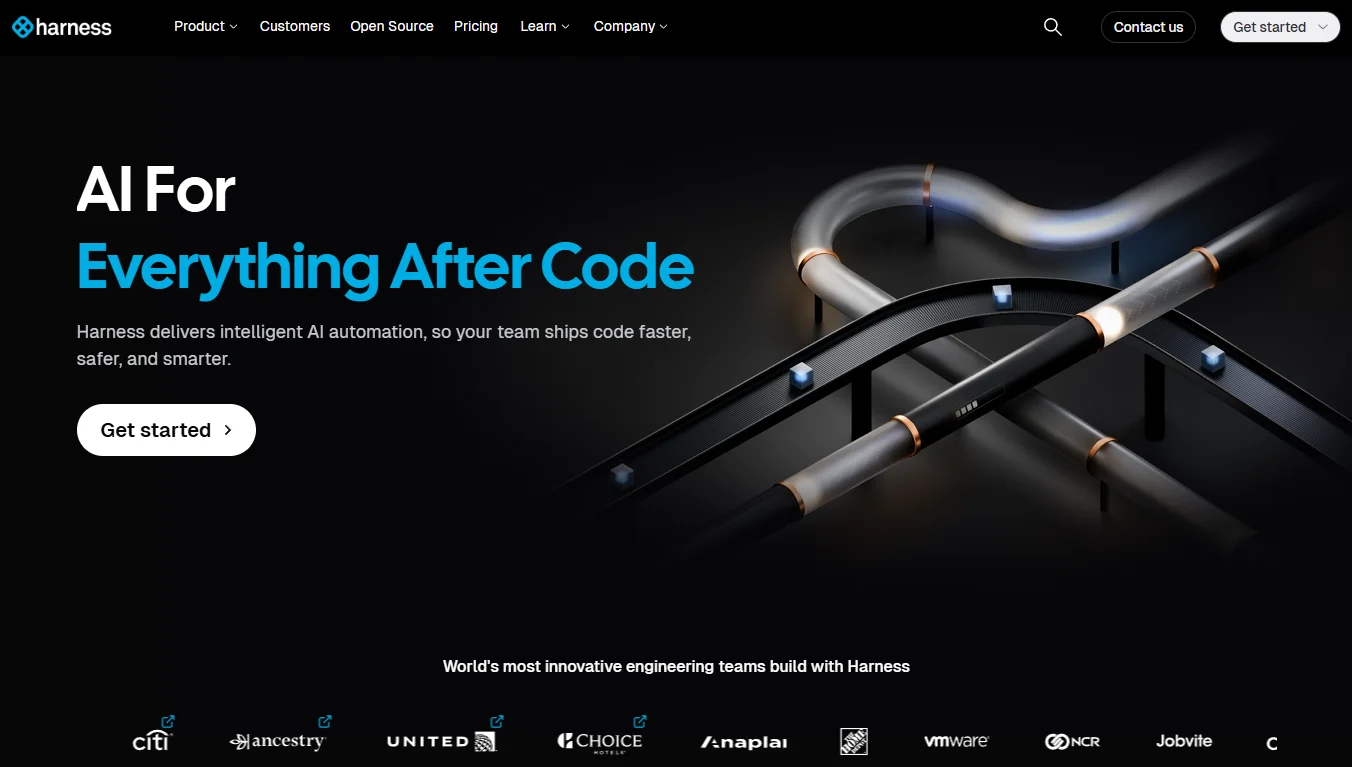Google Releases Android 16: New Features and What's Missing
Google has begun rolling out Android 16, marking one of the earliest major operating system updates in recent years. This latest version is now available for supported Pixel devices and is expected to reach other devices broadly later this year. In a blog post announcing the release, Seang Chau, Vice President and General Manager of the Android platform, stated: "This is one of the earliest major Android releases in recent years, ensuring you get the latest updates on your device as soon as possible." While significant user interface changes are still underway, Android 16 brings notable improvements in notifications, security, accessibility, multitasking, and hearing device support. Streamlined Notifications with Real-Time Updates One of Android 16's most practical features is real-time updates, which provide live alerts for food deliveries and ride-hailing services directly on the lock screen or notification bar. "If you're waiting for a food delivery... real-time updates will keep you informed every step of the way," Chau wrote on Google's blog. These notifications can appear on always-on displays, include progress bars, and offer shortcuts like contacting the driver. Google is collaborating with manufacturers such as Samsung and OnePlus to integrate this feature into customized Android experiences like Now Bar and live alerts. The update also improves how notifications are organized by automatically grouping messages from the same app to reduce clutter. Enhanced Security Protections Android 16 introduces a new security suite called Advanced Protection Mode, designed for individuals at higher risk of cyber threats, such as government officials and journalists. According to Google, this feature "protects you from online attacks, harmful apps, unsafe websites, scam calls, and more," including memory checks, USB restrictions, and scam call filtering. Users can also expect enhanced AI-driven scam detection within messaging apps. Multitasking Superpowers for Tablets and Foldables In collaboration with Samsung, Android 16 introduces desktop-style windowing capabilities, allowing users to open, move, and resize multiple app windows for a PC-like experience. This functionality builds on existing tools like Samsung DeX and is expected to become widely available on Android tablets and foldable devices supporting external displays later this year. Chau confirmed that "Android 16's desktop windowing feature will arrive on compatible devices later this year." Other productivity features arriving later this year include custom keyboard shortcuts and a taskbar overflow menu for accessing additional apps during multitasking. Improvements for Hearing Aid Users Android 16 expands support for LE Audio hearing aids, including the ability to transmit call audio through the phone's microphone instead of the built-in hearing aid microphone, helping reduce background noise. Chau added that Android 16 introduces native controls for hearing devices, "meaning you can now adjust settings like volume directly from your Android phone." The update also includes Auracast broadcast audio, enabling users to share their phone's audio with nearby supported devices—perfect for shared listening in public spaces. Delay of Material 3 Expressive Design The full Material 3 Expressive design update for Android 16 has been postponed until the QPR1 release, expected in September. While subtle design elements have started appearing in beta versions, the complete rollout—including new icon styles, dynamic color schemes, fluid animations, and improved text readability—will take a few more months. Now Rolling Out to Pixel Devices Android 16 is initially being pushed to Pixel 6 series and newer models. Users can check for updates in their system settings, with broader rollouts from other OEMs anticipated in the coming months.

